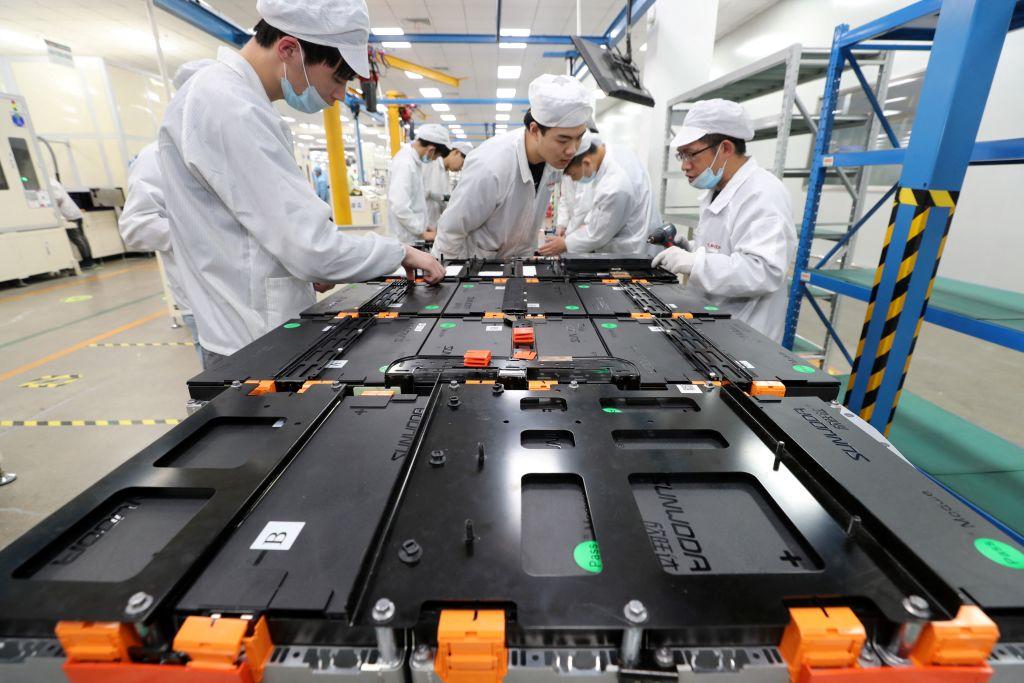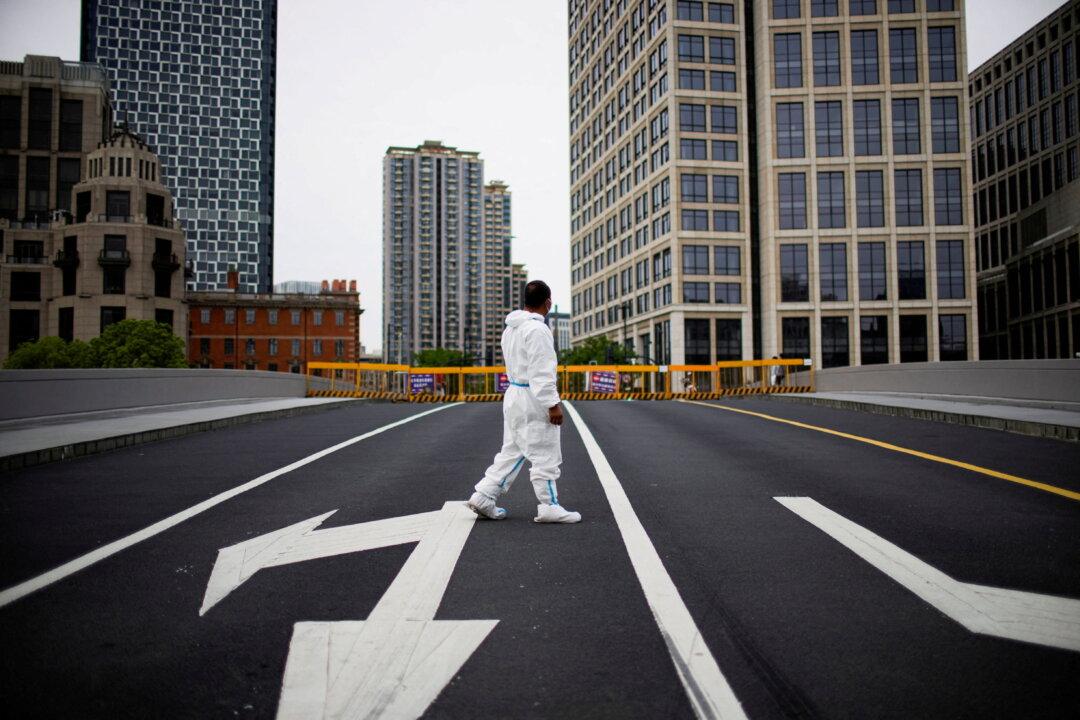As China’s new energy vehicle production grows rapidly, with half of global production now coming from China, the huge amount of retired batteries could bring “disastrous” environmental problems and “explosive pollution,” says state-owned media Xinhua.
According to Xinhua, the cumulative retired batteries in China will had reached 200,000 tons (about 25 GWh) in 2020 and will grow to 780,000 tons (about 116 GWh) by 2025.




